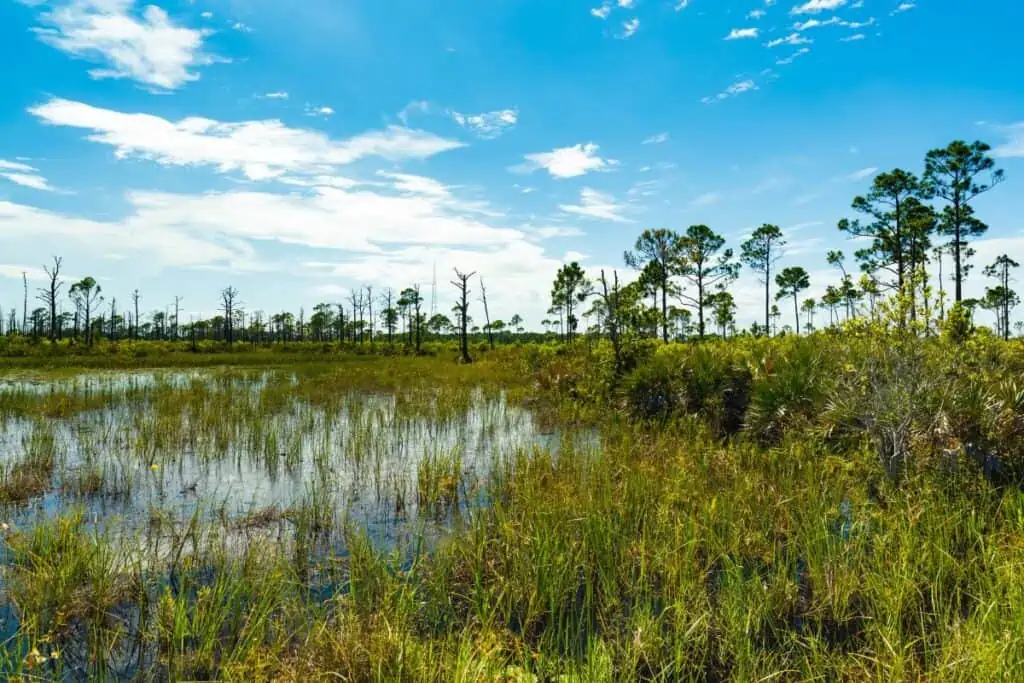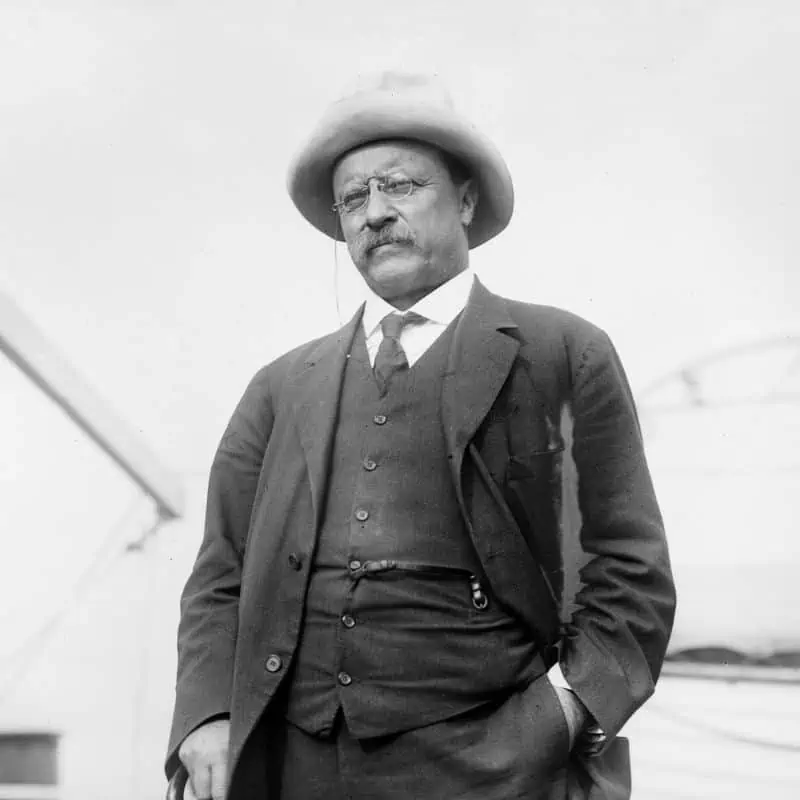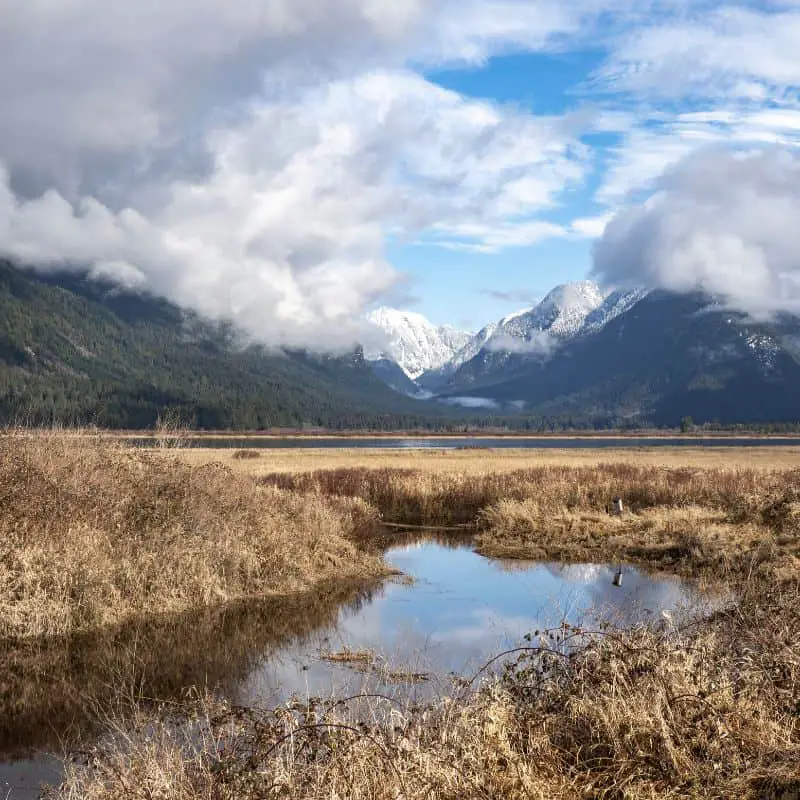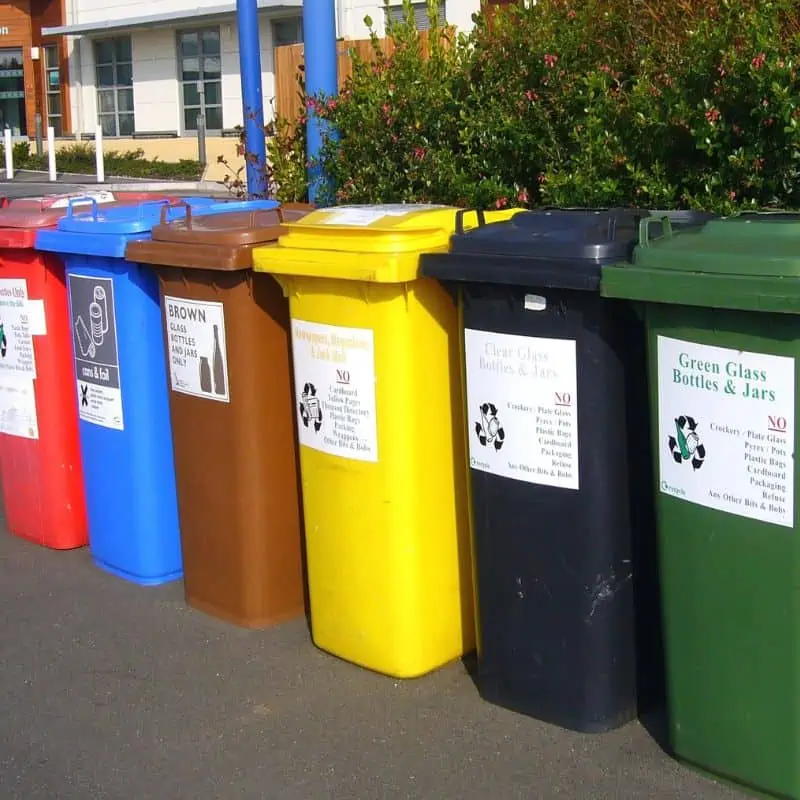Preservation is a concept of preserving the environment that is often compared to conservation. While the two are different, both focus on maintaining natural resources and nature.
Preservation emphasizes preserving nature precisely as it is meant to be. This environmental practice focuses on studying natural elements to understand their function without human interference fully. It promotes the maintenance of protected natural areas.
There are two significant schools of thought when considering ways to maintain nature and organisms living in nature. One is to preserve natural elements to allow for sustainable development by humans. The other is keeping natural elements as they are or are meant to be. Preservation is maintaining nature as it should be, without human involvement.
What does preservation emphasize?
To clearly understand what preservation emphasizes, we must know exactly what preservation is.
Let us look briefly at what preservation is and then move on to what the emphasis is.
What is preservation?
Preservation is the practice of maintaining nature as it was created and meant to be, in its purest form, without human interference.
When organisms grow in nature, they are perfectly balanced with their surroundings. They are designed to flourish in their environment and compete only with each other for resources.

The competition plants and animals face in nature is for the benefit of their species. Only the strongest survive, allowing the genetic pool to strengthen.
The perfect balance is upset when humans interfere with nature, destroy habitats, pollute environments, or introduce foreign species into areas.
When nature is not permitted to continue as designed, systems deteriorate, leaving elements vulnerable to extinction.
What is the focus and emphasis of preservation?
Preservation aims to keep dedicated areas where nature can exist in its purest form.
Scientists study species and their relationships to each other and their environment within the protected spaces.
Preservationists believe that humans should not have access to natural land other than to enjoy its beauty. They believe humans should not be able to use more natural elements than is necessary to fuel development.
The very definition of preservation is to keep something in existence. By maintaining natural areas, preservationists work to keep plants, animals, and other organisms in existence.
Since preservation aims to keep nature in an untouched state, preservationists perform three significant roles:
- Mitigate the damage we cause to nature in our inevitable development
- Eliminate the causes of damage to nature
- Reverse the damage caused to nature
Thanks to the work of preservationists, the effects of their efforts are noticeable across the globe.
The practice of preservation has allowed global and national governments to pass laws protecting nature.
It has affected industry, and preservationists have educated people about the importance of preserving nature and how to do their best in their private capacity.
Although people’s values have shifted to a more Earth-conscious state in recent history, the fight for preservation continues. Development is an ever-alluring temptation, and people will do what they can to use the Earth’s natural resources.
Preservation is enforced by groups of preservationists, individuals, and governments. The individual who began the preservationist movement was John Muir.
His opinions on preserving nature often contradicted the conservation ideals of his era, and there were many clashes between conservationists and preservationists.
The United States president at that time was Theodore Roosevelt. He supported conservation and preservation and worked with his government to establish protected lands as national parks.
He also established national monuments and aimed to stop the exploitation of natural areas in the country.

The true emphasis of preservation
The true emphasis of preservation is to allow nature to thrive naturally.
It emphasizes the importance of maintaining natural areas and studying species and their environments.
Preservation mitigates the effects of human devastation on nature and works to reverse unavoidable damage.
Preservation emphasizes values and procedures that govern preservationists’ decisions and actions. Let us look at the values and practices that encompass what preservation does.
When lands are left to exist in their natural state, they often experience the adverse effects of drought, illness, or extinction.
The natural elements of the land must be left to continue their functions in a way that is completely natural to them.
The overriding emphasis of preservation is protecting the environment and maintaining the integrity of all species. To protect the environment, preservationists must perform specific roles:
- Study the environment and the impact of humans
- Establish and maintain protected lands
- Protect species from extinction
- Adapt and minimize humans’ use of natural resources
- Mitigate the damage we cause to nature in our inevitable development
- Eliminate the causes of damage to nature
- Reverse the damage caused to nature
Let us learn about each of these in some more detail:
Study the environment and the impact of humans
The best way to protect the environment is to understand how it works fully. Nature is a complex set of systems, and each organism plays a vital part in keeping the balance.
A subject called Environmental Science gives us greater insight into the inner workings of the natural world. It also allows us to learn what impact humans have on the environment.
When we understand nature and its impact on it, it becomes clear what actions to take to lessen or eradicate the effects.
Establish and maintain protected lands
The government has dedicated numerous areas to environmental preservation.
At the beginning of the twentieth century, preservationists first convinced the public of the importance of protected lands.
According to the Renew Method, protected lands are found in a few ways, including:
- National parks are large areas of natural land that fall under strict preservation laws. Humans are not permitted to alter the land in any way. It is public land, and visitors should treat it with the utmost respect.
- Wilderness areas are areas of unkept land. They are found in the spaces between owned land or in significant places of naturally occurring wilderness. They are areas left to grow at their own pace, with the species that occur naturally.
- Conservation easements are typically established by individuals or organizations that own land and wish to preserve nature on it. Once land has been converted into a conservation easement, environmental guidelines permanently protect it.

Protect species from extinction
During the twentieth century, many plants and animals became threatened or went extinct.
Environmental scientists were able to study the causes of this phenomenon and concluded that humans had tamed most of the country’s wildlife and destroyed or eradicated its habitats.
Once awareness spread, the public could assist in preservation efforts, and with the help of preservationists, countless species have been saved from extinction.
There are still many animals and plants that are endangered and going extinct, like the cheetah, for example. The work of preservationists includes doing whatever they can to avoid the extinction of these species.
Adapt and minimize humans’ use of natural resources
As human beings, we undeniably rely on nature for survival.
Certain elements cannot be avoided, like water or soil, but there are ways to minimize or adapt how and what we use from nature to conserve our natural resources better.
Changes like using solar and wind power, minimizing pollution and practicing responsible farming goes a long way in lessening the effects of development on the environment.
Mitigate the damage we cause to nature in development
This is done through responsible building and farming practices.
Individuals can assist with preservation by limiting the natural resources we use.
Use less water, use it responsibly, recycle, and use products that can be reused.

Eliminate the causes of damage to nature
Through studying the environment, we have learned a great deal about what causes damage to the environment.
Things that cause damage need to be eradicated wherever possible and steps taken to ensure that it does not happen again.
It is often extremely challenging to eliminate the causes of damage to nature since it is typically caused by industries unwilling to lose out on profits.
Individuals can be educated to understand better the importance of preservation and how they can eliminate causes of damage in their daily lives.
Reverse the damage caused to nature
When issues have been identified and stopped, it is a matter of reversing the damage done to the natural area.
Catastrophes like deforestation can be reversed by rejuvenating forest areas.
When done correctly, rehabilitated forests and other natural areas have proven to reinstate preservation areas successfully.
Conservation versus preservation
The terms conservation and preservation are often mistakenly used interchangeably; however, it should be noted that the practices differ in form and function.
Conservation focuses on protecting nature and the environment while sustainably making development possible.
There is an understanding that humans will use the land, so education is focal to teaching communities responsible practices when utilizing natural resources.

Preservation focuses solely on preserving nature and the environment.
The only interaction humans should have with nature is when visiting natural areas to enjoy the site, drawing joy and inspiration from it.
Although preservationists understand that humans cannot exist without impacting nature in some way, they promote minimal and sustainable use of natural resources.
They work to stop damage caused by human disasters and reverse their effects.
Final thoughts on preservation
Preservation emphasizes leaving nature to thrive without human intervention or devastation.
It enforces the protection of natural areas and works to solve problems caused by humans.
Preservationists believe that nature should be left to govern itself. They study the environment through environmental studies and use their findings to make positive changes in favor of nature.
Where natural areas have been devastated, preservation practices involve stopping the cause of devastation, eliminating the cause, and doing what they can to reverse the effects.
Everyone can play a part in preservation, from large corporations to individuals.
As part of their work, preservationists educate people about how to look after the environment and promote the dedication of owned land into conservation easements.
